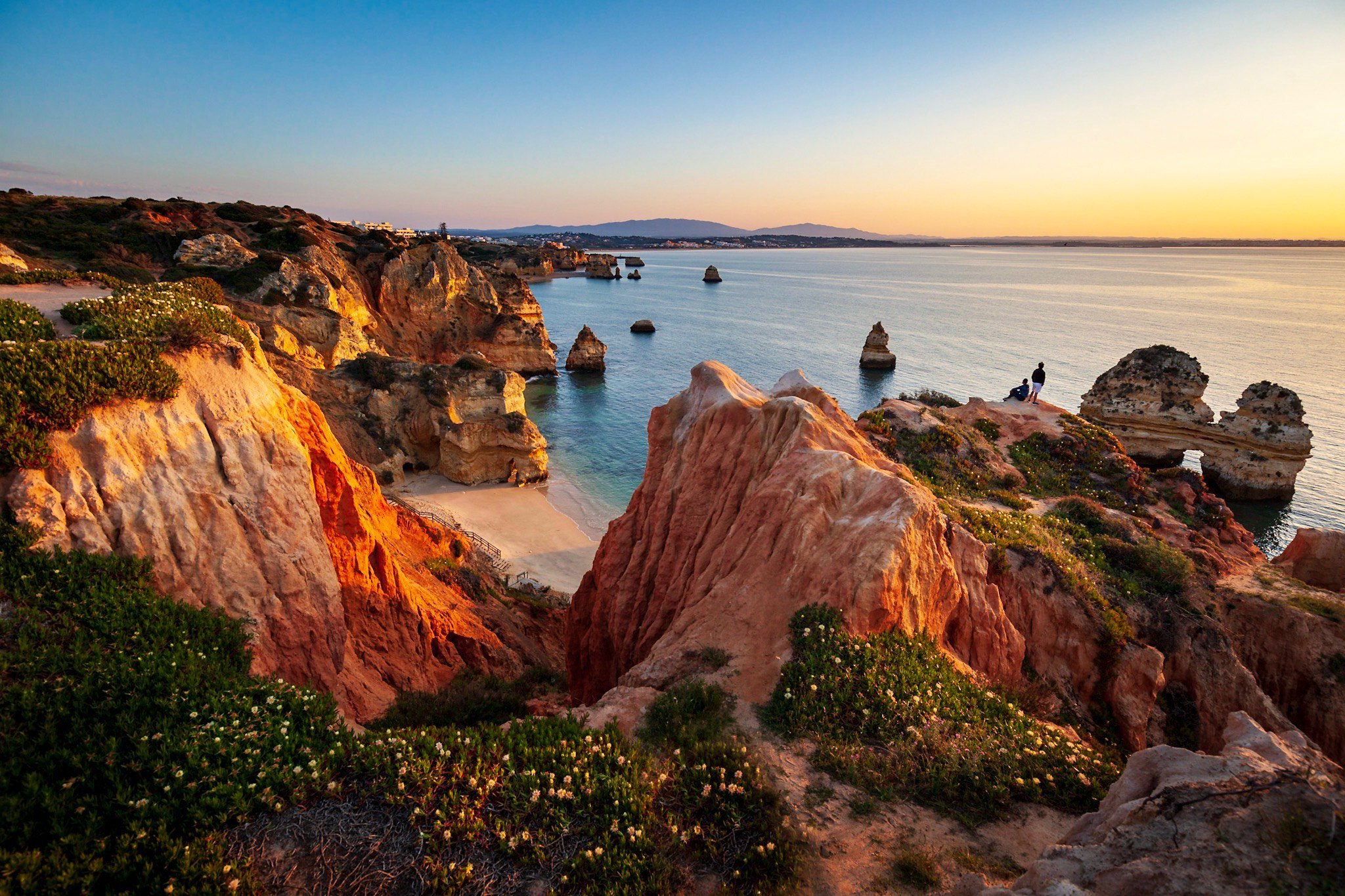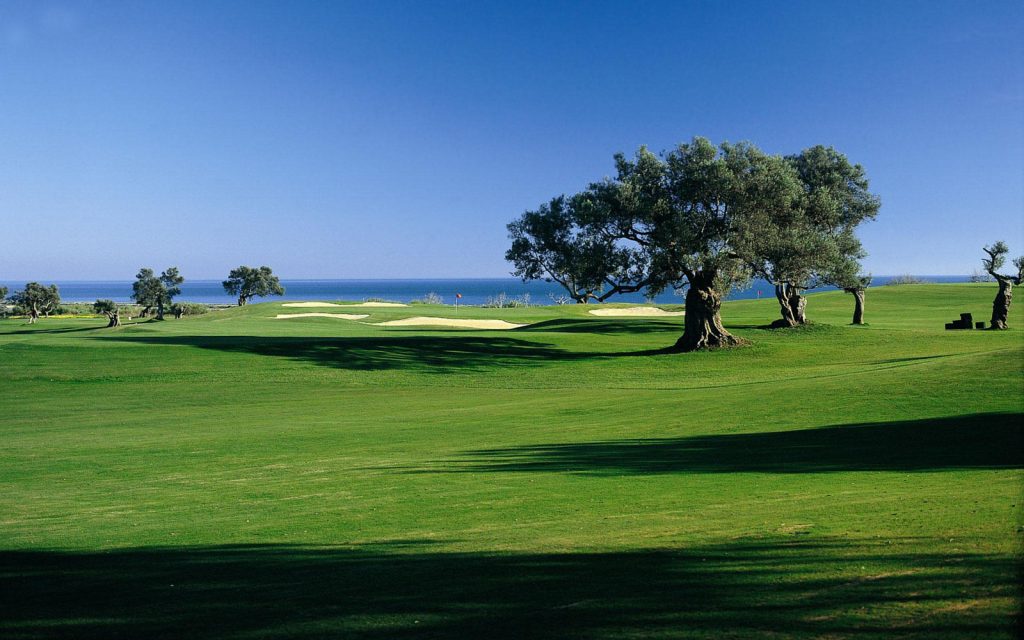Wanted: Tawny Port

Flavor Profile
Color: Ranges from a burnt orange to a deep golden brown
Aromas: Rich autumn notes of caramel, vanilla, hazelnut and orange
Flavors: Coffee, toast, caramel, nuts, toffee and raisins
Body: Typically, medium in body with a soft, silky mouthfeel
Attributes: The term ‘Tawny’ has been applied to a dizzying amount of styles, and has unfortunately, made the term rather confusing.
Place of Birth: the Douro Valley in the northern provinces of Portugal
Comprised of: Touriga Nacional, Tinta Roriz, Tinto Cao, Tinta Barroca and Touriga Francesca are the most popular black-skinned grapes, among 80 other authorized grape varietals. With the exception of recently planted vineyards, most port growers have a mixture of 20 to 30 different grape varietals intermixed in the same vineyard plot.
Background
Tawny port wine is made from red grapes aged in wood, exposing them to gradual oxidation and evaporation, for longer than a ruby port wine. As a result, the wine loses its brilliant ruby color, becoming a dark amber or a tawny hue with a characteristic “nutty” flavor imparted by the wood. Finally, through a system of fractional blending with various older port wines to match the house style, the resulting tawny wine is elegant and soft, showing delicate wood notes and rich mellow fruit.
Although there are several various kinds of tawny port wine, the two main types are: a young tawny that lacks any indication of age, and an older tawny labeled with a specific age.
Basic NV Tawny Port
Although the term ‘tawny’ refers to a wine that has been aged in wood for longer than ruby port wine, many young tawnies are made from a blend of both red and white grapes, aged for approximately the same time as a ruby port wine. Come summer, several bulk tawnies are shipped up river to the Douro valley in cement baloes where they literally stew from the ambient heat, referred to as the Douro Bake. The Douro Bake is a traditional expression used to explain a particular characteristic imparted to Port when aged in a hot, arid climate, as opposed to the milder, cooler temperatures in Vila Nova de Gaia. Consequently, the resulting wines mature rapidly, losing their bright red color, and display a slightly brown tinge around the rim. On the palate, although lacking in the powerful fruit characteristics normally associated with a young ruby port wine, tawnies tend to be softer, more subtle, and many times, slightly more approachable.
- Price: On average $10-20
Aged Tawny Ports
Considered to be the “true” or “authentic” representation of a tawny port, these wines are bottled with an indication of age. Aged tawnys have matured for at least six years in wooden casks, taking on a richer more concentration tawny hue and a smooth, silky mouthfeel. These ports are easy to distinguish from a young tawny, because the official designations permitted by the IVDP are always printed on the label, such as 10, 20, 30 and over 40 years. However, there is a new category called, Tawny Reserva, for wines that have spent at least 7 years in barrel. And with the exception of “colheita”, a type of tawny port that we will explain in another post, all tawny ports are a blend of wines from several different years. Therefore, the indication of age you will see on the bottle is only an approximation to indicate a character expected from a wine of that age.
Aged tawnies are considered the creme de la creme of tawny ports, made from quality wine put aside in undeclared years that might have otherwise wound up as vintage port. Unlike young tawnies that age in the dry, arid loges of the Douro valley, the majority of aged tawnies mature in small pipes (casks) of 600-640 liters in the cool lodges of Vila Nova de Gaia. Although some shippers use a component of Douro aged wine in their aged tawnies. The racking system is also an imperative part of an aged tawnies development, as well as provides shipper the opportunity to monitor both the personality and evolution of each wine. The objective of the tasting is to ensure that the wine is both consistent and conforms to the house style. When the shipper decides that the wine is ready to blend and bottle, a label must indicate not only the date of bottling, but also that it was aged in wood. And as much as I wholeheartedly support bottling dates on labels, I’m a little confused why this process is not also mandatory for both basic tawny ports and ruby ports. Considering that all three will begin to deteriorate in bottle, wouldn’t it be logical to provide this information for both the consumer and the retailer?
10 Year Old
Typically contains a brick-red core but with a more amber colored rim, while showing characteristics of raisins, walnuts and dried spices with a hint of toasty elements imparted by the wood.
- Price: On average $20-40
20 Year Old
This is the age considered to be the perfect balance in a tawny port’s lifetime, where fresh fruit and elegance seamlessly intermingle with richer nutty characteristics from aging in wood. This style is said to be slightly sweeter than 10 year olds, as a result of the high concentration of sugar, and typically ranges in color from a tawny-pink to a light amber-orange.
- Price: On average $40-80
30 Year Old
Think 20 year old in color with a touch more mahogany. These wines are known for their complexity, layered with rich notes of roasted coffee, stewed raisins, plums, toffee and often enough sweetness to teeter right on the edge of being cloying. Typically these wines are bottles in small quantities and are on the higher end of the price scale.
- Price: On average $50-130
40 Year Old
Generally tawny to deep mahogany in color developing into an olive-green rim. These wines are known for their roasted flavor profile of toasted almonds, roasted coffee, burnt toast and dark spices with secondary flavors of tawny marmalade and candied walnuts. If your interested in trying this style, remember to save your pennies as they can run up into the triple digits.
- Price: On average $100-170
Serving
Stored right side up, Ports in general should be served chilled and refrigerated after opening. These wines can be served as an aperitif, with food or as a dessert wine. Here at Catavino, we don’t adhere to specified serving order. We’d prefer you experiment, sharing with us your both your successes and your ‘good efforts’ in serving tawny port wines.
Food Pairing
Yes, you can pair tawny port wines with food. Although these wines have been traditionally served as aperitifs, they can be served with an appetizer, with the main course, in the main course, with dessert, or however else your imagination decides to shape the meal. In short, have fun!
What I’ve compiled below, after doing a little research on the web, are some suggestions as to ways you can either pair tawny ports with a recipe or use it as an ingredient in the dish. However, if you’d like to add to the list, PLEASE do so in the comments below!
Appetizers
Dried Fruits such as figs, dates and raisins. Hard mild flavored cheeses like a mild cheddar or semi-cured manchego. Pork or duck liver pate.
- Foie Gras Toasts with Greens and Verjus Port Glaze – a recipe you can both pair and use in the food from Epicurious
Main Dishes
Both dishes use Tawny port wine as an ingredient, and although I haven’t tried either of them, they looked absolutely delicious!
- Filets Mignons with Mustard Port Sauce with Red Onion Confit – from Epicurious
- Braised and Grilled Lamb Shanks – from The Splendid Table
Desserts
Cream desserts such as creme brulee, cheesecake, flan or tiramisu. Chocolate truffles. Dried Fruit.
Summary
Although many people will claim that one type of tawny is better than another, just as much as they will say one Portuguese wine region is better than another, remember that every style has both good and poor examples sitting side by side at your local wine shop. What is important is that you find a producer who makes a good representation of the type or style your interested in. Over the next few weeks, we will begin posting profiles on legendary port houses and tasting notes on port wines we recommend, as well as continuing our conversation on the various styles port wine encompasses in order to help you through this process. And as always, please leave thoughts and suggestions on tawny port wines in the comments.
Resources
As always, we highly suggest you check out For the Love of Port, a fantastic resource that I truly appreciate and IVDP.
Cheers,
Gabriella







